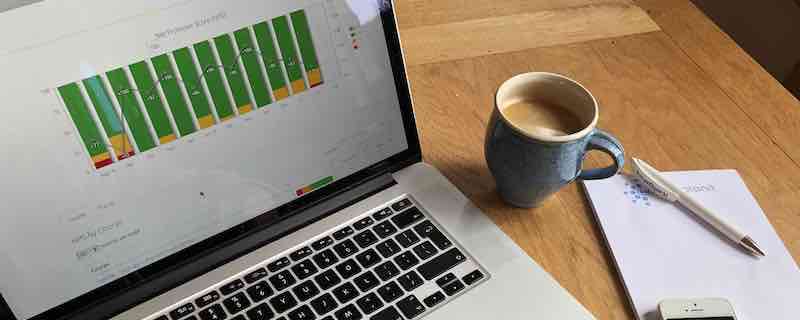
NPS is a key customer satisfaction metric, used to rate overall customer satisfaction.
Obviously, all companies strive for the highest NPS rating possible (+100), but in the real world that’s not achievable. So, if we can’t achieve +100, what’s a good score? To answer that question, we analysed over 250,000 training survey responses and ‘crunched the numbers’ to calculate some benchmarks.
Key training industry metrics we compared:
- Company size
- The price of the training course
- The subject matter
Benchmark your performance against your industry counterparts & see how happy your customers are:
Our findings are caveated by saying that Coursecheck customers tend to be training providers who are serious about quality and customer feedback. They have their finger on the pulse of customer feedback and understand how to improve their training courses. Therefore, their NPS ratings tend to be higher than for the training industry overall.
Overall NPS analysisThe average NPS rating across all training providers on Coursecheck over 12 months was +67 but as you can see from the chart, this masks some big variations. The most commonly achieved NPS was between +75 and +85 but over half of all companies were below that level. At the other end of the scale, the numbers fall more sharply with only 19% of companies managing to achieve a score of over 85. |  |
NPS by company sizeHere's how we defined company size:
When we looked at average NPS by company size, we noticed a clear correlation, with smaller companies on average, outperforming their larger counterparts. Our ideas on why smaller training companies gain higher NPS ratings than bigger ones:
|  |
How the price of training affects your NPSLooking at NPS based on the typical price of training, we found a correlation.
We suspect two key factors are at work here:
|  |
NPS by training course subject areaFinally, we looked at NPS based on the subject matter being taught. This proved less conclusive, although it feels significant that the subject area getting the highest satisfaction was Health & Welfare. This includes a number of companies offering training in topics such as Mental Health First Aid (MHFA), physical First Aid, Autism and Suicide awareness. Instructors teaching these subjects tend to be extremely passionate about their chosen field, often working on the front line. It's perhaps not surprising that these subject areas scored so highly. |  |
Benchmarking your NPS ratingsThe bottom line is that if you're achieving an NPS rating in excess of +67, then that's good by any definition. This chart gives you a good idea of what to aim for based on your company size or what you typically charge for training. You can benchmark your average NPS compared to similar training companies. If you're a small training company offering low-cost courses, then the bar is higher at +82; but if you're a large company offering expensive courses, anything above +40 is an achievement, but there are several ways to improve this. The first place to start is deeply understanding your feedback to be able to spot trends and specific areas for improvement.
|  |
How drive your NPS ratings
Deeply understanding your NPS rating as well as other key feedback metrics is critical to being able to drive your learner satisfaction levels. Coursecheck software has the NPS rating and many other key benchmarks built into it. It also comes with data analysis tools to deliver powerful insights on how to improve your courses and drive your company’s growth and performance.
Using Coursecheck to understand what measures you need to take to drive your learner satisfaction levels will undoubtedly positively impact your NPS ratings. This is evidenced by the fact that companies using Coursecheck already have higher than industry levels for their NPS ratings. They care about their feedback levels and use Coursecheck to deeply understand what improvements to make to drive their business.